Coping with bird damage on a green roof. A living green roof has a plethora of attractions for wildlife, but sometimes, just sometimes, that can be a bit of a disadvantage.
Wildlife vs living roof – it’s a matter of balance
The key to managing wildlife areas like green roofs is finding and maintaining a balance. A balance between what the wildlife needs (food, water, shelter, security) and what the green roof needs (healthy plant coverage, good drainage, watertight) can be difficult to achieve.
Bear in mind though, that when Mother Nature gets involved, the balance can easily be tipped by factors that are completely out of your control.
Birds are a fine example of where the balance can easily be tipped….and it’s usually down to Mother Nature rather than to the Facilities Manager.
What are birds looking for on a green roof?
Birds will be on your green roof for one of four reasons – all of which were probably connected to why you chose to have a living roof in the first place.
- Finding and using nesting sites
- Collecting nesting material
- Resting
- Foraging for food
Birds looking for a nest site rarely do any damage to a green roof. They might squash or dislodge a few plants but the area will soon recover.
Birds looking for nesting material will normally only pick up bits and pieces of plant that are no longer growing. A classic choice are the spent seed-heads of sedum album.
Having birds perch or rest on a green roof is only a problem if there is a high population roosting there regularly. In that case, accumulated droppings can sometimes kill the plants. The best answer is to identify the areas where they perch and replace the plants with aggregate. But, it’s too much of a problem, then consider altering the perches so that they’re less attractive to the birds.
A green roof which hosts a source of food for the birds is the most likely to be damaged.
Foraging birds can damage the plant population and disturb growing medium
Where a lot of birds are foraging for grubs or seeds in a small area, they are quite likely to scratch or peck at plants and either uproot them or destroy the foliage.
Susceptible plants include legumes or brassicas on a rooftop allotment; wildflowers where there are grubs in the growing medium and sedums that are playing host to aphids.

When urban roofscapes look like this, you can begin to appreciate why birds love green roofs so. However, if every bird in the city converges on your living roof, there’ll be some damage done! As green roofs are more widely adopted, the birds will spread their activities over a wider area thus ameliorating the damage.
Normally, there is nothing to be done to prevent the damage apart from covering vulnerable plants or spraying pesticides to remove the food source. To my mind, wafting pesticides around is completely against the eco-principals of a green roof and should be avoided.
Some years see an explosion of insect populations. Who knows why? I just know that I’ll be plagued with aphids one year, caterpillars another year, then ladybirds and slugs. They seem to be a constant nuisance.
On a green roof, all one can really do is monitor the birds’ activity and make sure that the waterproofing doesn’t get damaged. Once the problem has abated, the damage can be repaired fairly easily.
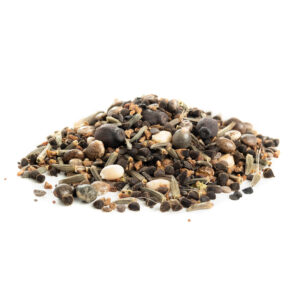 |
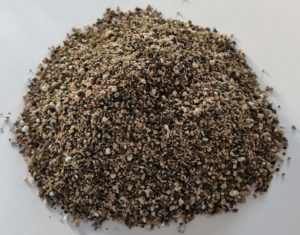 |
|
 |
 |
What can be done to repair the damage?
Provided the waterproofing is still intact, it’s a matter of replacing the growing medium and re-populating it with plants.
If there are small bare patches on a sedum roof – less than 15cm in diameter, these will normally repopulate during the growing season. Larger areas will need to be helped along with sedum cuttings or with replacement mats.
Ensuring that your green roof has an application of fertiliser every spring will speed up recovery time.
Likewise on a wild flower roof, small bare patches will easily regrow. Larger ones can be plug planted or re-seeded using Meadowmat wild flower seed – I would recommend the Traditional Seed Mix.
When replacing the growing medium, be sure to use a specially engineered green roof substrate. Topsoil should never be used on a living roof, it’s just not right for the job.
Embracing Nature
When faced with a ruined roof, the last thing you want to hear is a lot of eco-babble about embracing nature. But honestly, I’ve been around a long time. I keep dogs, bees, grandchildren and a big(ish) garden. I’m learning that sometimes, it’s just best to go with the flow. Fighting Mother Nature is like trying to nail jelly to a wall. Don’t bother, just watch and learn, it’s surprising how interesting life can be.
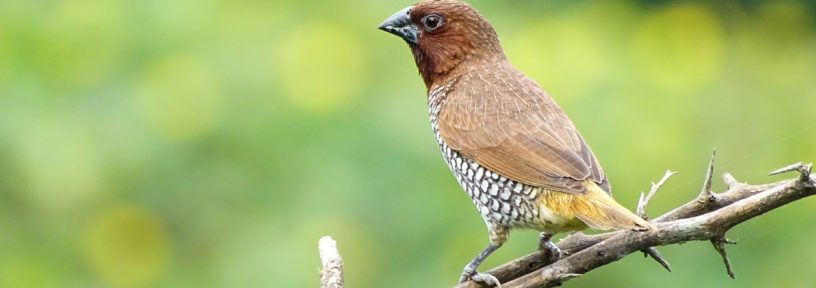
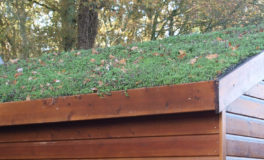 A guide to green roof construction
A guide to green roof construction 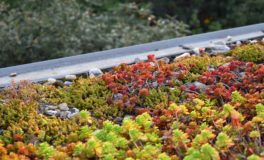 Green roofs for environmentally friendly urban development
Green roofs for environmentally friendly urban development 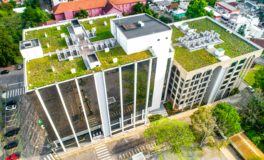 Choosing the right plants for your green roof
Choosing the right plants for your green roof 

